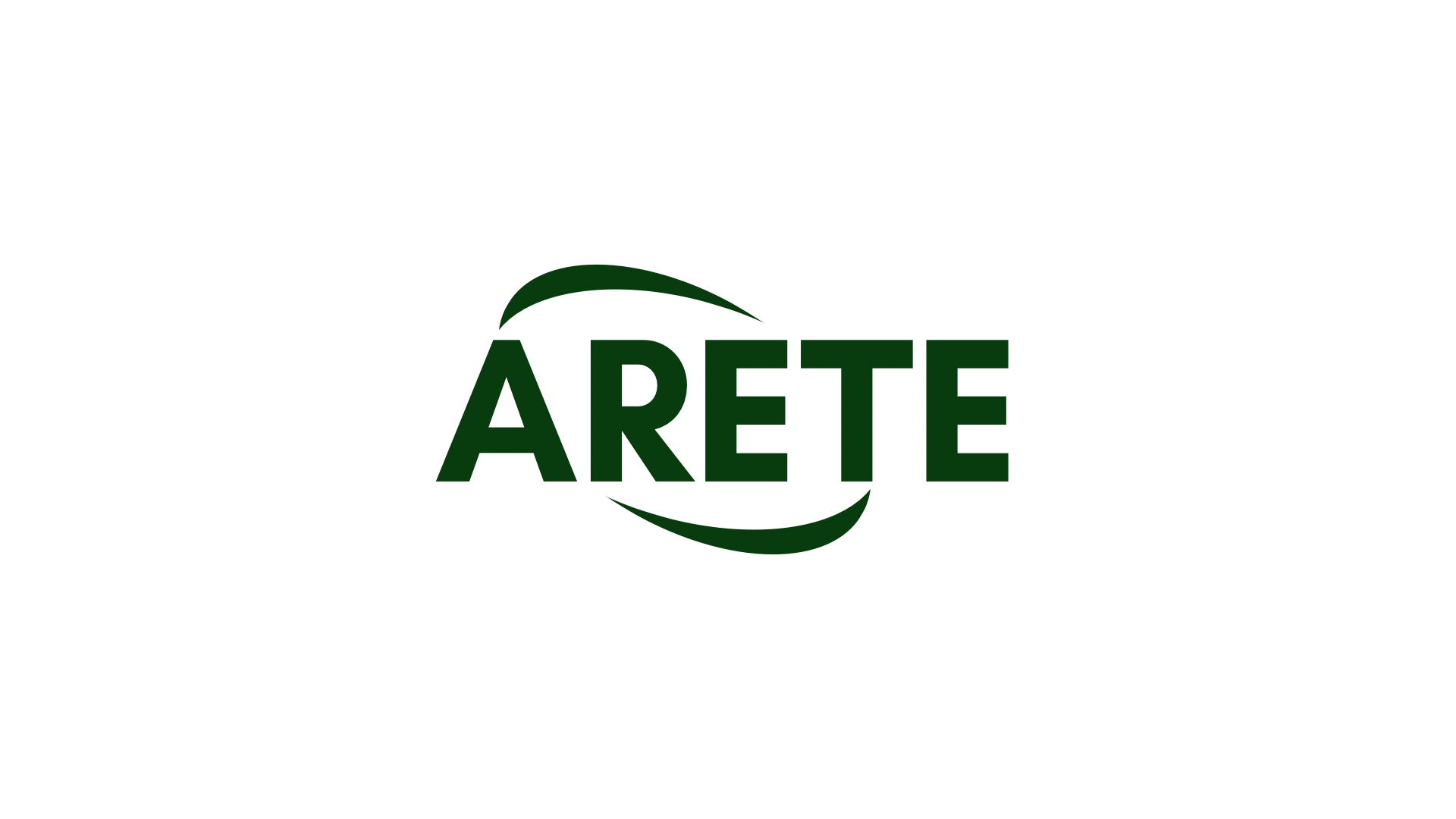How to Protect Your Crypto Assets During withdrawals
The Cryptocurrency Market has grown exponentially over the past have Years, and with it comes a new level of risk. Cryptocurrency wallets, exchanges, and other digital assets can be vulnerable to theft or loss, which can result in significant financial losses for individuals and institutions alike. In this article, we will discuss how to protect your crypto assets during withdrawals and provide tips on how to minimize the risks associated with Cryptocurrency Transactions.
why is withdrawal protection important?
Withdrawals are a critical aspect of the cryptocurrency ecosystem, allowing users to receive their holdings in various cryptocurrencies such as Bitcoin (BTC), Ethereum (ETH), and others. However, withdrawing funds can also be a high-risk activity, especially if you are not taking adequate precautions. Here are some reasons why withdrawal protection is crucial:
- Risks of Hackers : Cryptocurrency exchanges and wallets have been hacked numerous times in the past, resulting in significant losses for users.
- Security breaches : Weak Passwords, inadequate 2-Factor Authentication, and Poor encryption can lead to unauthorized access to your account.
- Exchange Risks

: Exchanges are vulnerable to market volatility, which can result in significant losses if you are not prepared.
Tips for Protection
To Protect Your Crypto Assets During Withdrawals, Follow These Tips:
- Use A Hardware Wallet : A Hardware Wallet is an offline storage solution that provides an additional layer of security. Consider investing in a reputable brand such as ledger or trezor.
- Choose a reliable exchange
: Select an exchange with a solid reputation and robust security features. Some popular options include Coinbase, Binance, and Kraken.
- use two-factor authentication (2FA) : Enable 2fa to add an extra layer of security to your account. This can be done using SMS, email, or authenticator apps like Google Authenticator or Authy.
- Keep Your Passwords Safe : Use a unique and complex password for your exchange account. Avoid using easily guessable information such as your name, birthdate, or common words.
- Monitor your Account Activity : Regularly Check Your Account Activity to Detect Any Suspicious Transactions.
- Consider a cold storage solution : Store your cryptocurrencies in cold storage solutions like the Ledger Live App or the Trezor Mobile App, which store your private keys offline.
- Be cautious with links and attachments : Be wary of links or attachments from unknown sources, as they may contain malware.
What to do if you’ve been a Victim
If you believe you’ve been a victim of theft or a security breach, follow these steps:
- Report the incident : Immediately report the incident to your exchange, wallet provider, and local authorities.
- Contact your bank or financial institution : Inform your bank or financial institution about any suspicious transactions related to your cryptocurrency account.
- Freeze Your Account : Freeze Your Account with the relevant service providers to prevent further unauthorized access.
Conclusion
Protecting your Crypto Assets during Withdrawals Requires Attention to Detail and a Practive Approach. By following these tips, you can minimize the risks associated with cryptocurrency transactions and ensure that your holdings are safe. Remember, security is a continuous process, and staying informed and vigilant is key to protect your cryptocurrency wealth.
Additional Resources
- The Best Practices for Crypto Wallet Security
- Common Security Threats in the Cryptocurrency Market
- Top-Rated Exchanges and Wallets for Secure Cryptocurrency Transactions
By taking these precautions and following our article, you can enjoy Safe and Secure withdrawals from your crypto assets.

